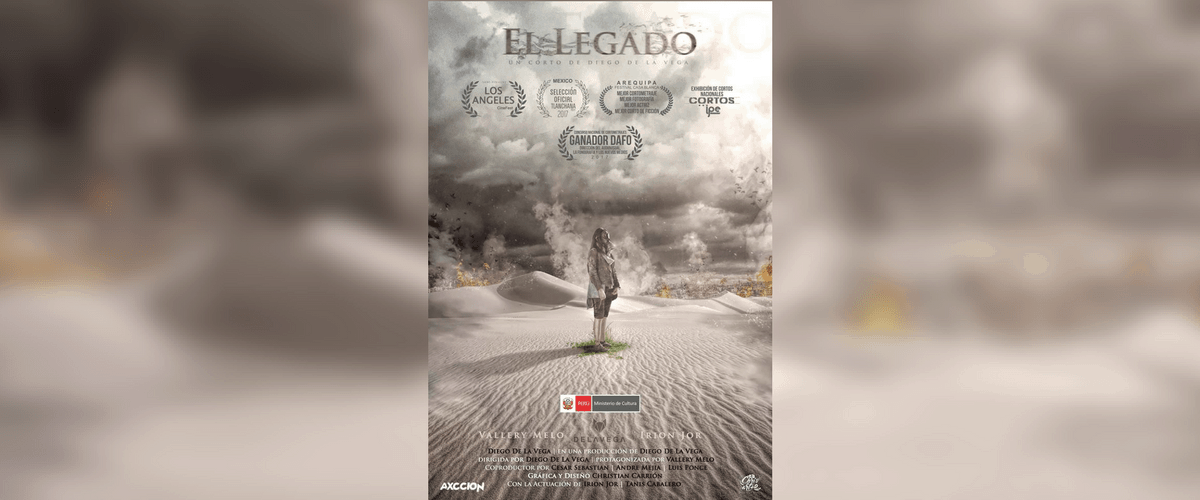
We are so accustomed to the apocalyptic scenarios described in the sacred texts of humanity that nothing seems to scare us in this present of the highly advanced technology that is already trying to conquer the universe. But is this ultimate catastrophe of humanity as we know it so far from our time? Using a series of rocky desert landscapes similar to those terrifying spaces created by Frank Herbert in his famous novel, Dune, ‘The Legacy‘ is an exciting sensory short film experiment, a kinetic metaphor about the imminence of total disaster that threatens the fragility of human existence. Without proposing, above all, to be a warning signal to the negligence of individuals abusing the nature, in order to satisfy their thirst for power, Diego de la Vega’s project renounces the narrative pretext of an ordinary cinematic product to render in a visual and magnetic acoustic polyphony the struggle for survival in a post-apocalyptic space that is not far from being a reality.
The voice of a man overlaps with terrifying images depicting the disasters caused by the modern man entirely dedicated to technology, like a divine voice that sadly presents the climax of the cruelty of our species. He is the father, one of those responsible for the decisive cataclysm that has compromised the terrestrial harmony, the one who leaves to his daughter as legacy a sterile earth, aggravated by the barbarous interventions of the ancient fighters, but also the saving hope that the new generation will be able to rehabilitate this natural imbalance. Thus, in the midst of an arid and contaminated territory, the daughter faces extreme living conditions to save her own home, her own planet, trying to build on the traces of the fatal disaster, on the traces of the legacy of our parents, a new life, a new beginning, no matter what the price may be.
Far from being a conventional cinematic product, ‘The Legacy’ is a complex experiment impressing with its remarkable power of suggestion that detaches from the narrative structures of canonical dystopian or post-apocalyptic films, even though the textual layer tends to be too moralizing and sometimes unnecessary in relation to the emotional impact of the visual dimension. The relatively minimalist elements of the scenery the director uses (in the middle of a limestone desert sets, a radio emits Vivaldi’s Winter, while a strange machine offers mysterious containers to those who collect a certain type of stones) to build his own fictional universe seem to possess the qualities of a remarkable tragic farce, of a moving symbolic painting that reminds only of the suffocating and depersonalized worlds of Samuel Beckett. Like a bizarre combination between some striking cold visual frames and sounds which alternate Vivaldi’s harmonies and the slightly strident tonalities of dramatic films, Diego de la Vega’s film manages to be both a tender requiem addressed to human species, an uncomfortable parable about the cruelty of the individual obsessed with domination, but also a tribute to the ephemeral beauty of the world we live in.
TMFF RATING:











